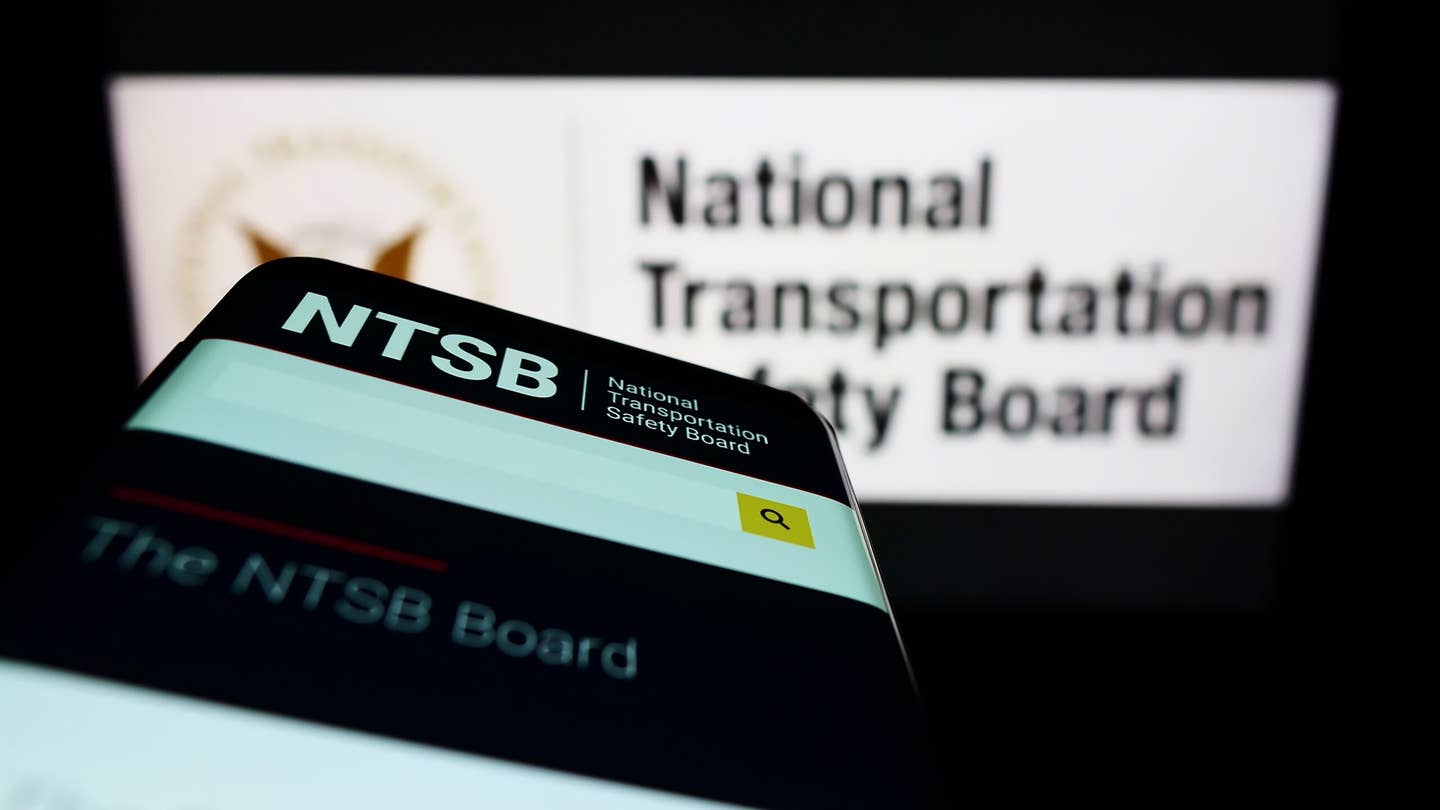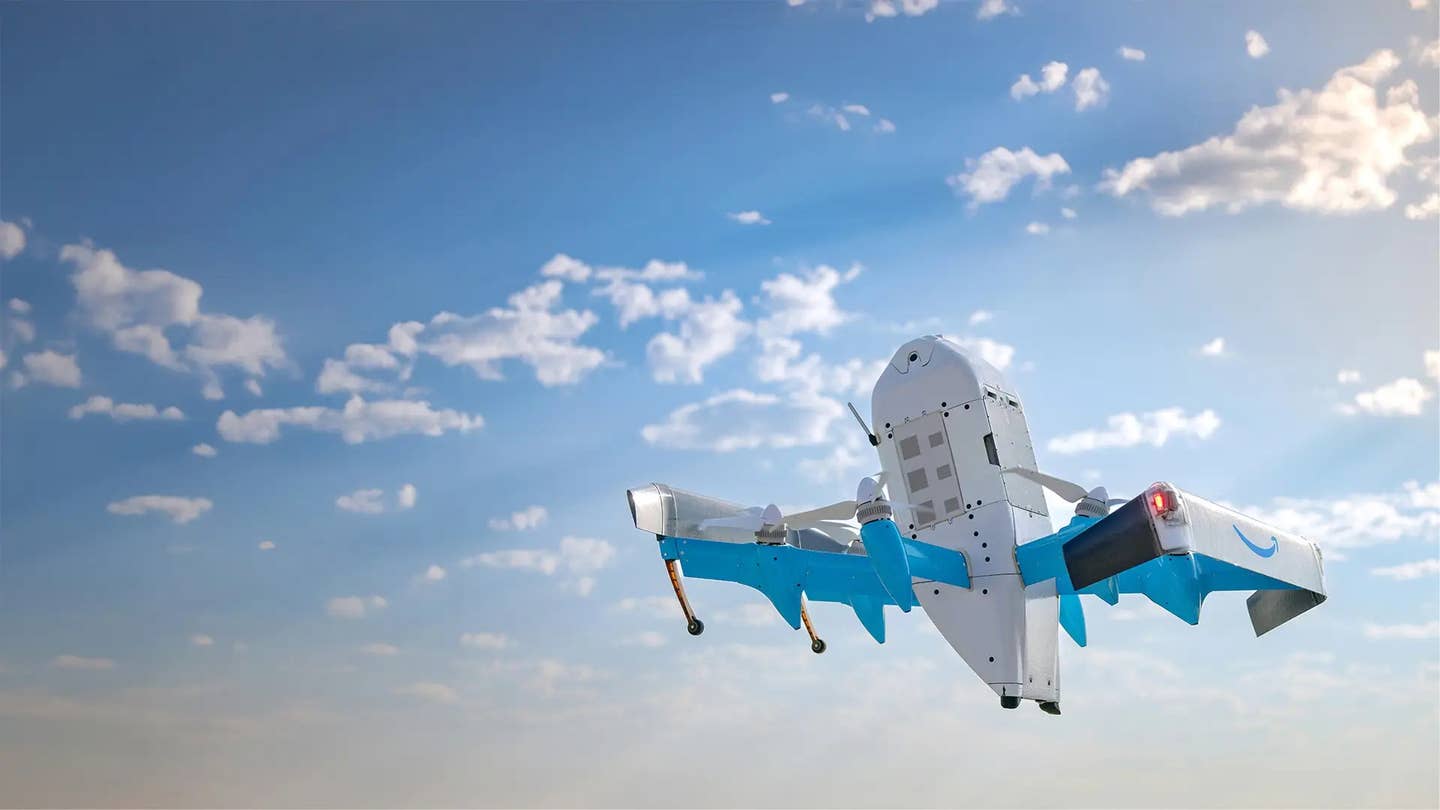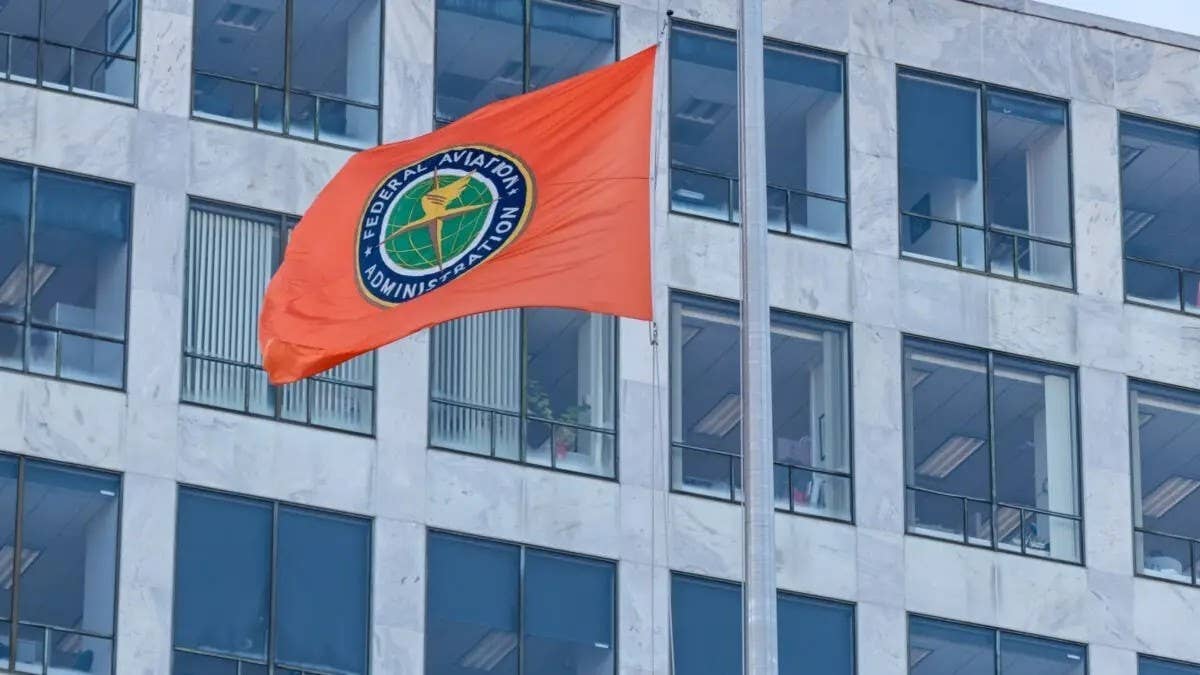
Gerald (Jerry) Griggs, left, alongside his longtime instructor and friend, Jim Schoerger. [Courtesy: Jerry Griggs]
One of the best parts of being a flight instructor is that it gives you the opportunity to have a positive impact on someone's life. Just as we tend to remember our favorite teachers from school, most pilots can remember their favorite flight instructors. One such example is Gerald (Jerry) Griggs, from Wichita, Kansas, who vividly recalls his first solo in 1967 and Jim Schoerger, the CFI who made it possible.
The pair met at Pearland Airport, a now defunct general aviation field that was located just west of Ellington Air Force Base.
How the Teacher Learned
“Do you have a special flight instructor? Tell us about them at editorial@flying.media!”
It was the early 1960s, and Schoerger was an Air Force mechanic turned CFI. He had learned to fly at the Reece AFB Aero Club. Upon separation from the Air Force, he earned his commercial and CFI certificates and became a part-time instructor. His full-time job was as a crew chief at Ellington AFB maintaining the T-33s and T-38s that were owned by NASA and flown by astronauts of the day.
This was the era of the Gemini and Apollo space programs, so Schoerger was mixing with the likes of Wally Schirra, Buzz Aldrin, Gene Cernan, Walter Cunningham, Neil Armstrong, and John Young.
On weekends, Schoerger worked as a CFI at Pearland Airport. This is where he met Griggs, who was a 16-year-old line-boy.
"He was one of those kids who swapped work around the airport for time in an aircraft," says Schoerger, who is now in his 80s. He is retired from instructing now. Of his 9,000 hours of experience, several thousand hours came from teaching people to fly—that's a lot of time in the right seat and lots of signatures in a logbook.
Schoerger admits he doesn't remember a lot of the people he flew with—but Griggs is the exception.
"I remember him because of how enthusiastic he was," Schoerger says. "He would sweep the hangar floors and then do whatever needed to be done around the airport to get time to fly."
First Solo
Griggs flew with several instructors before deciding that Schoerger was the best fit for him.
"He struck me as the type of individual who took personal responsibility for those he trained," Griggs remembers. "We hit it off quite well and he was able to instill the confidence in me, sometimes in a humorous way."
For example, when it came time for Griggs first solo—on March 4, 1967—the 16-year-old told Schoerger that he wasn't worried about the takeoff in the Cessna 150 or flying the pattern, but the landing part…well, let's just say there were a few butterflies.
"Jim looked at me and said, while pointing at the sky, 'Don’t worry. You’ll get down, no one has ever been stuck up there!’” says Griggs. "Then he slammed the door shut on the Cessna 150 and walked away."
Griggs was able to complete the three takeoffs and landings without trouble.
Griggs decided to stick with Schoerger.
"Once he queried what maneuvers I practiced while solo in the practice area, and I said, ‘Everything but stalls,’ because I was afraid he would put the aircraft into a spin," Griggs said, “and Schoerger replied, 'Don’t let it spin. You’re in control. If you lower the nose, it won’t spin.'
“Simple advice like that reinforced the idea that I was in control and had nothing to fear. It instilled confidence in myself and is a technique I use today as an active CFI and DPE to help others overcome fear of practicing stall entries/recoveries."
Flight instructing is often a transitory career for a pilot, and it was to some extent for Schoerger, who, by the time Griggs was old enough for his private pilot check ride, had taken a position as a co-pilot on a Dassault Falcon 20 jet. It didn't make any difference though, because the men stayed in touch as their aviation careers and lives progressed.
Griggs’ aviation resume includes line-boy, A&P technician, flight instructor, corporate pilot, air taxi pilot, simulator instructor at FlightSafety, and now designated pilot examiner. He has been at it for 54 years (and counting). He's still in touch with Schoerger, who still lives in Houston, Texas, with his wife Pat. Over the years, the two have gotten together at Griggs’ home in Wichita, Kansas.
Both men believe in the concept of the flight instructor being a link in the aviation chain.
"Jim and I joke that he is my instructor, I am his pilot, and those that I’ve taught to fly and mentored are his grand-pilots. Those grand-pilots go on to teach his great-grand-pilots and so on," says Griggs.
Aviation is filled with ritual and tradition—for example, the first solo and the cutting of the shirt tail. Griggs makes sure he flies March 4 and a few times he's invited Schoerger to join him to help him re-enact the first solo.
On March 4, 2007, Griggs and Schoerger met on a grass-strip behind Griggs's home for the 40th anniversary of Griggs’ first solo. He flew a Cessna 150 for the re-enactment, just like he had so many years before.
On March 4, 2017—the 50th anniversary of his solo—the pair met up at Colonel James Jabara Airport (KAAO) in Wichita, Kansas, and Griggs flew a Cessna 182. The local newspaper came out and did a story about the event, and Schoerger obliged by taking a few inches off Griggs' shirt tail again for old times' sake.
It brought back lots of memories for Schoerger, who says he had some apprehension when he soloed someone for the first time.
"I'd warn them that the airplane was going to feel different without me in it, and I held my breath every time they went up,” he recalls, adding that the most challenging part of being a CFI for him was making sure that he was communicating effectively with his students, "and they are interpreting what you are saying correctly."
Judging by Griggs' success in the field of aviation, one could say Schoerger definitely heard what he Schoerger had to say.

Sign-up for newsletters & special offers!
Get the latest FLYING stories & special offers delivered directly to your inbox






